Winterizing your furnace is one of the most important maintenance tasks to perform before cold weather arrives. Taking the time to winterize can save you from expensive repairs, improve energy efficiency, and prevent potential safety hazards. A well-maintained furnace will keep your home comfortably warm all winter long.
The purpose of winterizing a furnace is to ensure that all components are in proper working order before you need to rely on it for indoor heating. During the warmer months, parts of the furnace can collect dust, dirt, and debris. Small problems can arise that you don’t notice until you go to turn on the heat for the first time. That first cold night is not when you want to discover issues with your furnace. Being proactive now will prevent headaches later.
Winterizing involves cleaning, inspection, testing, and maintenance. It entails more than just changing the filter. This article will provide a checklist of crucial steps to winterize your furnace and ensure optimal performance. Following these furnace winterization tips now will give you peace of mind all season long.
Your First Furnace Winterization Step is to Check Filters
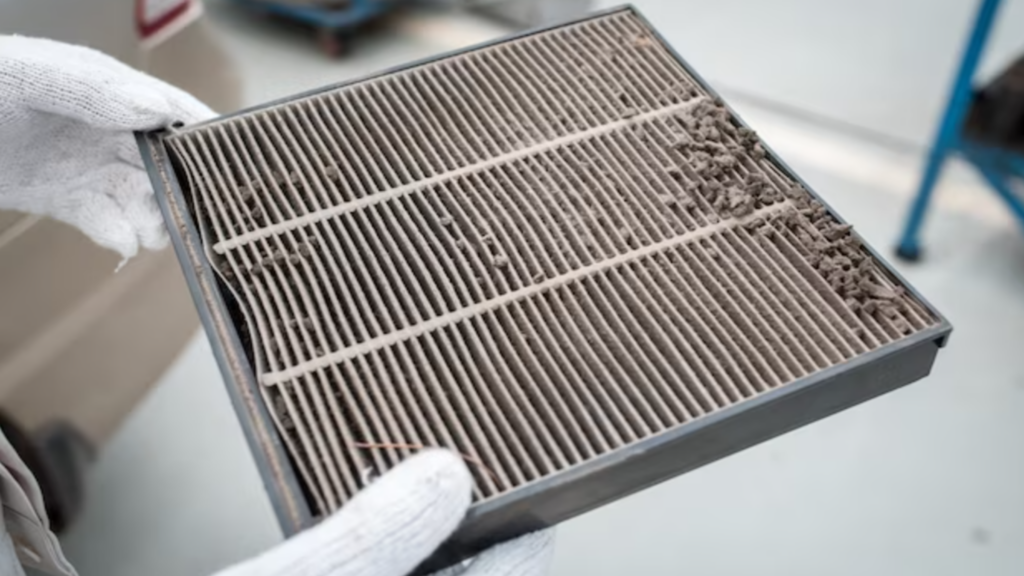
One of the most important things you can do to prepare your furnace for winter is to check and replace the filters if needed. The furnace filter is responsible for trapping dust, dirt, pollen, and other particles from circulating through your home’s air ducts and into the living spaces. As these particles build up on the filter over time, it can restrict airflow and make your furnace work harder to push air through the clogged filter. This leads to reduced efficiency and higher energy bills.
To check your filter, simply remove it from the slot in your furnace and hold it up to the light. If you can’t see light coming through, or there is a thick layer of particles built up on the filter, it’s time for a new one. Experts recommend replacing your furnace filter every 1-3 months during peak heating and cooling seasons when the system runs more often.
Pay attention to filters with higher MERV ratings as well, as they trap smaller particles but clog up faster. Taking a few minutes twice a year to swap out a dirty filter for a new one will help your furnace run at peak performance all winter long.
Inspect Vents
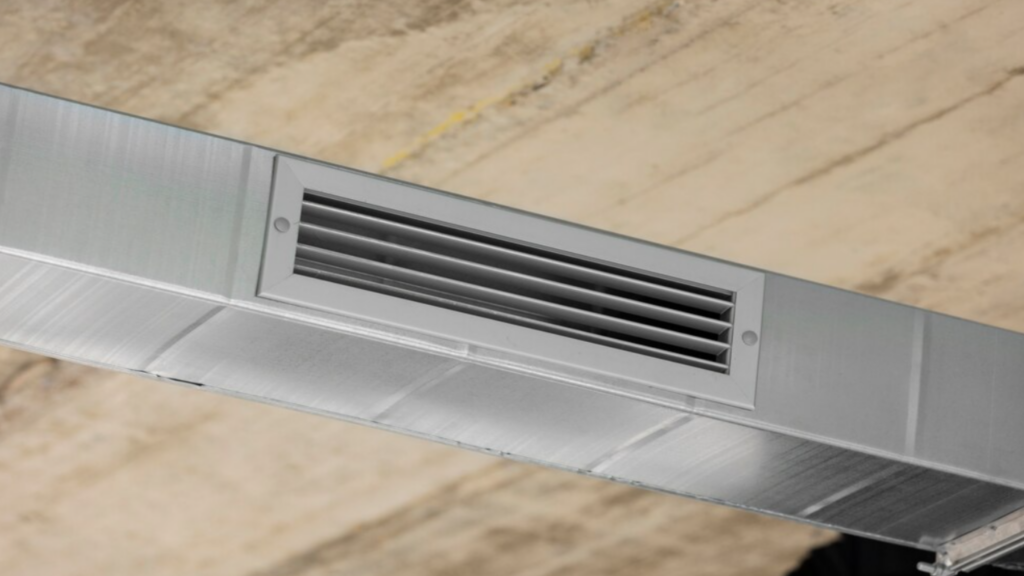
One important step when winterizing your furnace is to inspect the vents. Make sure to check for any blockages or damage. Over time, vents can become blocked by dust, dirt, nests from animals, or other debris. A blocked vent will prevent proper air flow and can lead to a buildup of carbon monoxide gas.
Carefully examine the entire venting system and use a flashlight to look for any obstructions. Remove any debris with a vacuum or by hand. Also check the vents for any damage or leaks. Cracks, holes, or detached joints can allow exhaust gases to leak into the home. Run your hands along the vents to feel for any gaps or loose connections. Look for signs of corrosion or rust which may indicate a leak.
Any damaged sections should be repaired or replaced right away. Proper venting is critical for safe and efficient furnace operation. Taking the time to inspect for blockages and damage will help avoid issues like back drafting, poor combustion, or carbon monoxide build up.
Clean the Heat Exchanger
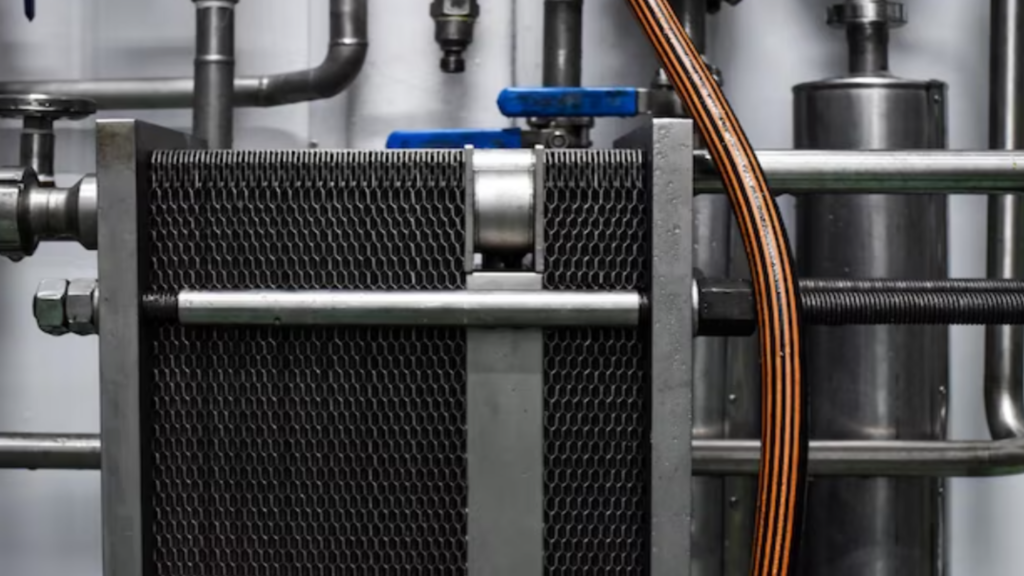
The heat exchanger is one of the most important components of your furnace. It’s responsible for transferring heat from the furnace burners to the air that circulates throughout your home. Over time, dust and debris can build up on the heat exchanger fins and affect your furnace’s efficiency.
To clean the heat exchanger:
1. Turn off power to the furnace at the breaker panel or by unplugging it. This prevents electric shock while cleaning.
2. Remove the furnace access panel to expose the heat exchanger. Consult your owner’s manual for the proper way to remove it.
3. Use a soft brush attachment on your vacuum cleaner to gently loosen and remove dirt or debris buildup between the fins of the heat exchanger. Take care not to apply too much pressure, which could bend the delicate fins.
4. For more stubborn debris, use a fin comb (a specialized plastic tool made for cleaning heat exchangers). Gently insert it between the fins and move it back and forth to dislodge debris.
5. Look for cracks or separation in the heat exchanger walls while cleaning. Cracks can allow dangerous exhaust gases into your living space. If you see any damage, call an HVAC professional for repair.
6. Once finished, replace the access panel and restore power to the furnace. It should now run more efficiently after cleaning the heat exchanger.
Regularly cleaning the heat exchanger ensures your furnace continues working safely and efficiently through the winter. Consult your owner’s manual or HVAC professional for the recommended intervals for cleaning your specific model.
Important Furnace Winterization Step: Lubricate the Motor

One important part of furnace winterization is lubricating the blower motor. The motor has moving parts that need to be oiled to prevent them from seizing up or wearing out prematurely. Use only specifically formulated HVAC lubricants like lightweight motor oil or lubricant spray. Do not use WD-40 or general-purpose oils, as they can damage the motor or leave residue.
The lubricant helps the motor run smoothly and quietly during the heating season. Lightly lubricate the motor shaft bearings per the manufacturer’s instructions, usually by applying a few drops of oil directly or using a lubricating wand.
Avoid over-oiling, as excess oil attracts dirt and dust. Consult your owner’s manual for the motor lubrication points and frequency. Annual lubrication is usually sufficient. Properly lubricating the blower motor extends its lifespan and ensures it runs efficiently when you need the heat on cold winter days. This simple maintenance task prevents costly furnace repairs or replacements down the line.
Check Fuel Supply
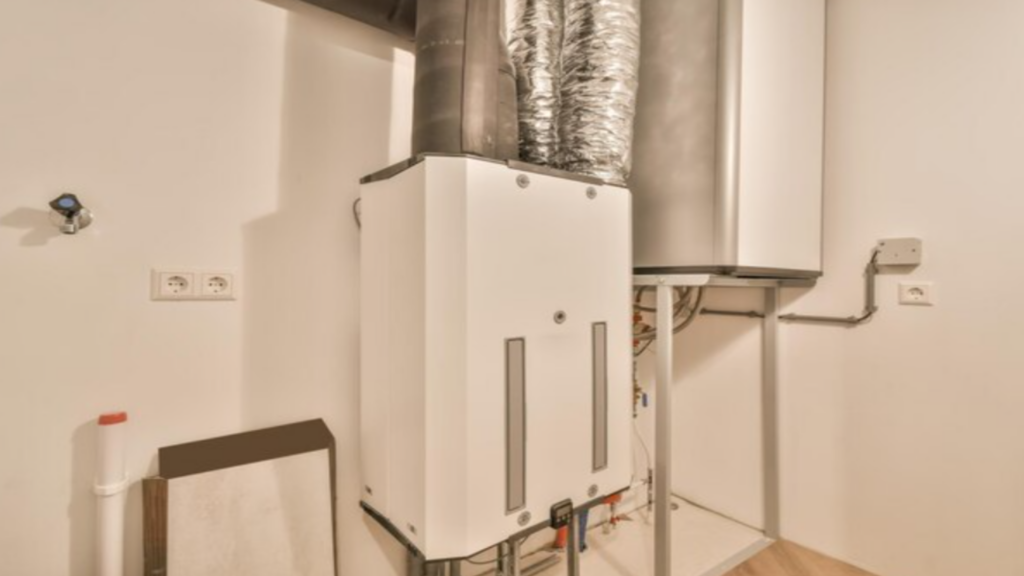
As winter approaches, it’s important to ensure your furnace has an adequate fuel supply to keep your home warm all season long. Start by checking the fuel tank level if you have heating oil. The tank should be completely full to allow for expansion and contraction of heating oil as temperatures fluctuate. Don’t let the tank fall below a quarter full, as this can allow condensation to build up and cause problems.
If you have a natural gas furnace, no action is required, as the gas utility manages supply to your home. However, inspect the gas line leading to your furnace for leaks. Check for corrosion or damage. Turn the gas off and call a professional immediately if you detect a gas leak. A proper fuel supply is crucial for a furnace to operate safely and efficiently through cold winter months. Taking steps to maintain adequate fuel levels will ensure your family stays warm.
Inspect Ignitor
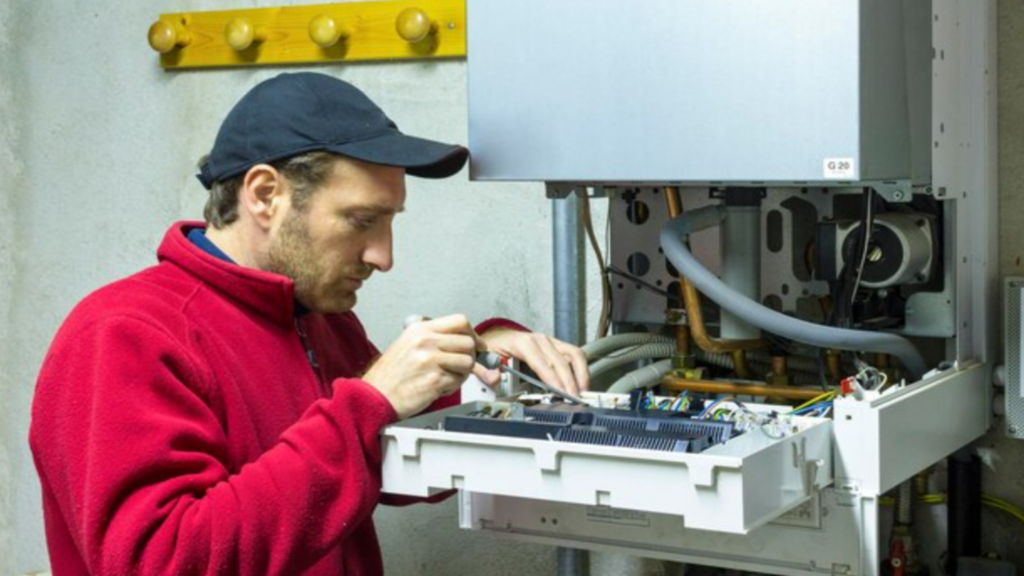
The ignitor is the part that creates a spark to light the furnace’s pilot light. Over time, the ignitor can become damaged or dirty, preventing it from lighting properly. As part of your winter furnace inspection, carefully examine the ignitor for any cracks, dents or other damage. Also look for any dirt, soot or carbon buildup on the ignitor tip. Any contamination on the ignitor can prevent the spark from firing properly.
Use a soft brush or compressed air to gently clean the ignitor if needed. Be extra cautious when handling the ignitor, as they are fragile. If the ignitor is damaged or no longer sparking, it will need to be replaced for the furnace to operate safely and efficiently. Replacing an ignitor is usually a straightforward DIY fix.
Check Flame Sensor
The flame sensor is a device that monitors the flame inside your furnace and shuts it down if the flame goes out. The sensor sits in the burner chamber and when the flame is present, the sensor heats up and sends an electrical signal to the control board to keep the gas valve open.
To check if your flame sensor is working properly, you’ll need a multimeter. Follow these steps:
1. Turn off power to the furnace at the breaker or switch
2. Remove the sensor from the burner chamber. It’s usually mounted with a screw or two.
3. Set your multimeter to check continuity or resistance.
4. Touch the meter probes to the two terminals on the flame sensor.
5. If there is continuity, the sensor is good. If there’s no continuity, the sensor needs to be replaced.
6. A good flame sensor should have very low resistance, usually less than 1 ohm. If you see significantly higher resistance, that indicates the sensor is worn out or defective.
Replacing a faulty flame sensor is an easy DIY fix that can prevent future furnace shutdowns and keep your home heated all winter long. Just be sure to get an identical replacement part that matches your furnace model.
Replacing Batteries is Key to Furnace Winterization

One important furnace maintenance task that is easy to overlook is replacing the batteries in your thermostat and any smoke detectors connected to your HVAC system. Check the batteries in your programmable thermostat and replace them as needed, typically once a year before the heating season starts.
Make sure your smoke detectors have fresh batteries as well. Smoke detectors that are wired into your HVAC system will trigger the furnace to shut off if smoke is detected, so functioning batteries are crucial. Test the smoke detectors after changing the batteries. Push the test button and make sure they emit an audible beep. If you have any battery-powered standalone smoke detectors in or near your furnace room, change those batteries too. Working smoke alarms can save lives in the event of a home fire.
Schedule a Tune-Up
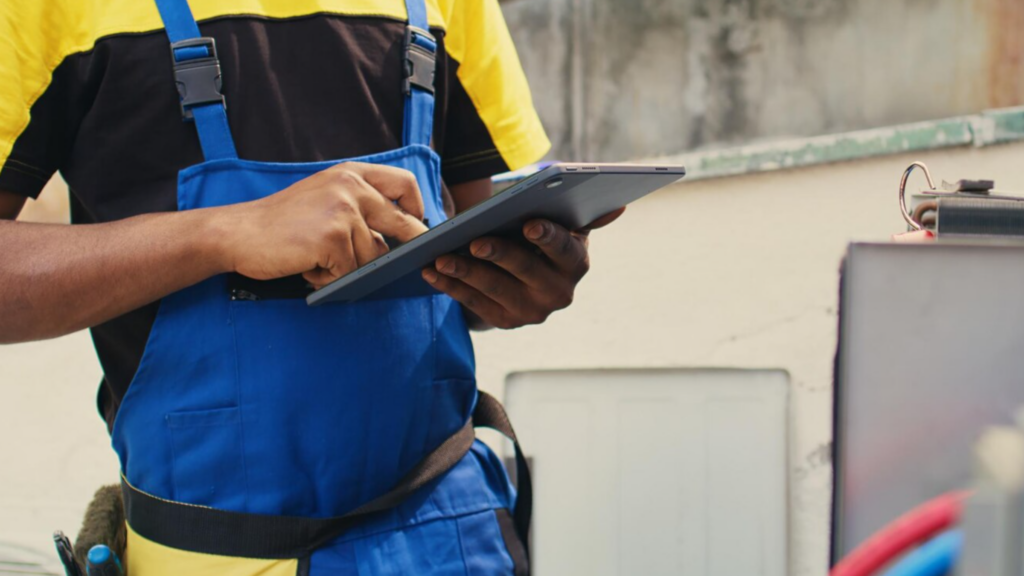
Even with regular maintenance, it’s a good idea to have a professional HVAC technician inspect your furnace at least once a year. Annual tune-ups allow a technician to thoroughly examine your system, identify any potential problems, and perform maintenance to keep it running at peak efficiency.
During a tune-up, the technician will check components like the blower motor, heat exchanger, burners, gas valve, ignition system, and thermocouple. They can clean parts, adjust settings, lubricate moving parts, and confirm proper airflow and venting. This prevents issues before they happen and ensures your furnace continues working safely all winter long.
Routine maintenance helps extend your system’s lifespan. But only a professional knows how to inspect complex components and properly calibrate your furnace. An annual tune-up is usually inexpensive, costing $75-150 on average, but pays for itself in energy savings and reduced repair costs down the road.
Keep Your System Working Well with Furnace Winterization
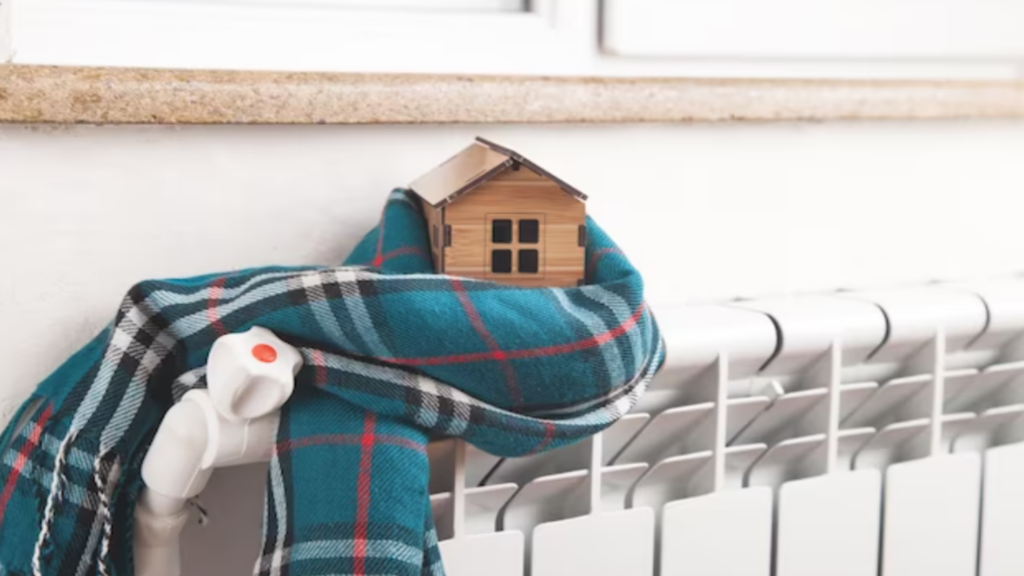
Taking time to winterize your furnace gives you peace of mind knowing your system is in excellent working order. Your family’s health and comfort depend on a properly operating heating system during cold winter months. If you have any additional questions about furnace winterization, contact one of our expert energy advisors and they will be happy to assist you.
Related Posts
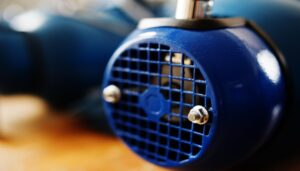
The Best Home Generators for this Winter
Stay warm this winter with top home generators. Reviews on Honda, Generac, Champion for outages—find your size & features.
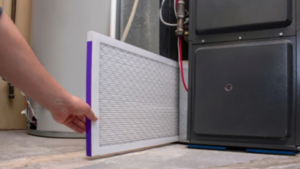
How Often Should You Change Your Furnace Filter?
We explore how frequently you need to change your furnace filter for peak performance and air quality, including signs for replacement and maintenance tips.
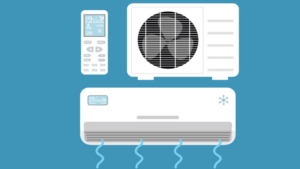
Why You Should Winterize Your AC Unit
Winterize your AC Unit: cover it, cut power, drain water. Get expert maintenance tips to extend your AC’s life so it can keep you cool.

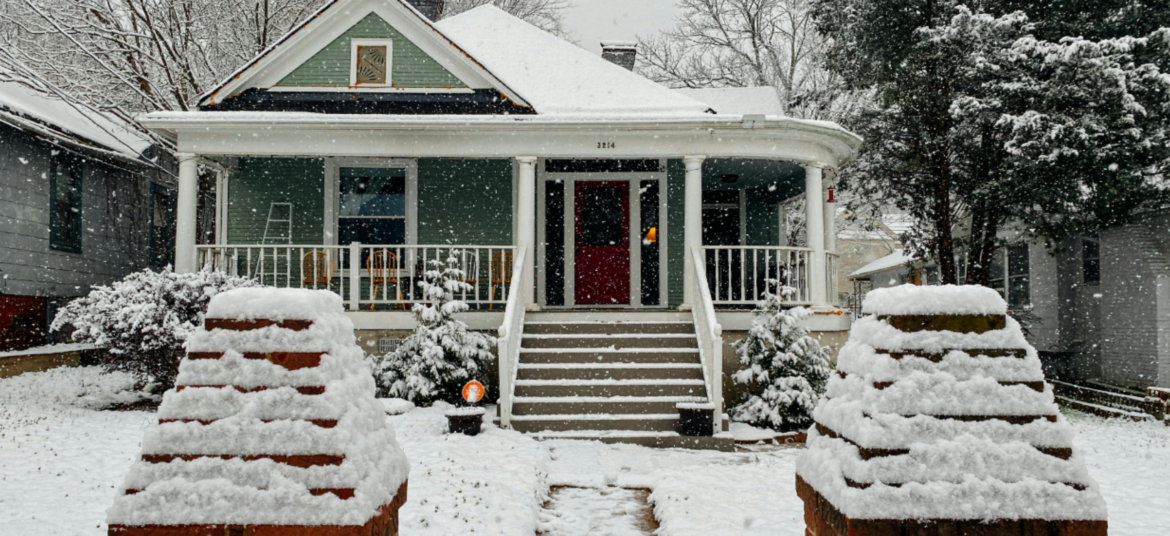
No Comments